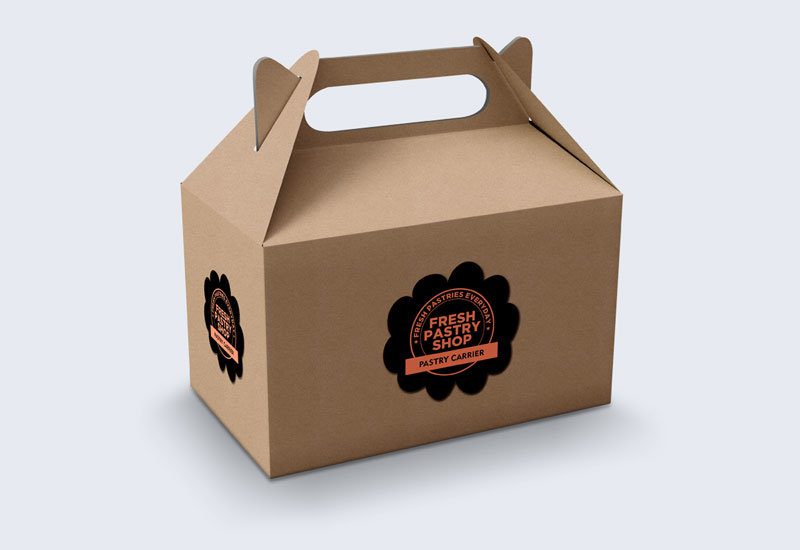Packaging has a significant impact on sales. In today’s marketplace, competition is fierce, and businesses whose packaging catches consumers’ attention reap the rewards. It also secures products while in shipping, in shops, and in the hands of customers.
With so much riding on how your packaging looks and performs, businesses would be prudent to consider how their product packaging would affect the consumers and to prioritize it.
Product packaging provides information to potential customers.
Consumers admire businesses that include statements on product packaging informing them of facts and other essential details about the items they are considering buying. Accurate, reliable information is beneficial, and consumers who are informed of what they are purchasing feel more secure in their decisions.
The appearance of product packaging causes it to draw people’s attention.
The product packaging a brand uses may cause them to sell more. For example, it is reasonable for a buyer to expect that toothpaste will clean their teeth and that facial moisturizer will moisturize their face.
However, there are many products from several different brands on the store shelf serving the same purpose, and their only distinguishing factor is the packaging. Since product packaging is the first thing that the customer notices, the one that manages to showcase the value of its product is the one that will generate more sales.
The aesthetic of a product’s packaging offsets its price.
If a product is going to last for a lengthy period of time, a customer will want something that looks nice when displayed in their home. Most buyers won’t hesitate to spend money on products from brands that they think share their values and beliefs.
They will occasionally spend a bit extra money to acquire products from brands whose packaging is aesthetically pleasing and showcase good values on their product packaging. Markets such as cannabis work extra hard to be unique and solidify their worth via 100% custom packaging.
Packaging often reflects the product’s quality.
The quality of a product’s packaging often reflects its validity, quality, and integrity. A straightforward approach to demonstrate this is to ask a shopper to pick a product that they feel could be of high quality at a store.
What impact would it have if it was sold in a simple paper bag, mainly if they had never purchased it before? They would most likely doubt its validity, quality, and authenticity and then pick an alternate choice about which they could quickly learn more.
When product packaging is appealing, exhibits strong integrity, and communicates an enticing, convincing value proposition to potential purchasers, the product it represents is more likely to sell.
Packaging secures and protects products from damage.
Businesses devote considerable time and resources to product research and development. Some businesses also invest substantial funds in marketing efforts in order to identify the most effective strategies to promote their products to their most probable clients.
On the other hand, some companies would profit immensely from investing more in the packaging they use to protect their items because damages may occur during shipment, while in stores, and during typical customer usage. This leads to lost income as well as dissatisfied consumers. There aren’t many purchases that are more aggravating than buying something just to have it become unusable because the packaging isn’t sturdy enough to endure everyday use in standard settings.
One more aspect is perhaps equally as significant as these five. Consider the lost income that might arise from poor packaging for business owners who think investing extensively in product packaging isn’t worth the hassle.












Discussion about this post